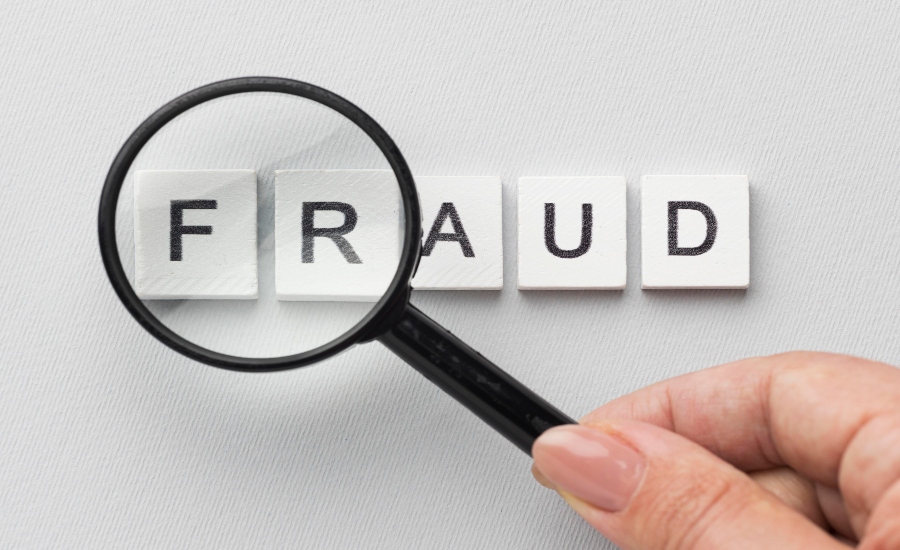The issue is: Time is not money, it is evidence
On 26th February 2025, the CEO of a prominent government agency in Mbale made a panicked call at 8:14 am. Their revenue accountant had failed to show up for work. UGX 1.8 billion in land fees had disappeared from the suspense account. Worse still, the audit trail was unclear. IT had already formatted the accountant’s computer “to prepare for a new hire.”
We arrived within six hours. But the damage was done. Log files were gone. Devices tampered with. Colleagues in ‘defensive mode’.
The first 48 hours are not about panic. They are about preservation. The best investigators do not look for culprits first. They look for what cannot be replaced: digital footprints, physical evidence, and staff memory. Miss that window, and you bury your case.
Management reacts emotionally, not forensically.
When fraud is discovered, most leaders focus on reputation management: public statements, damage control, and “dealing with the person.” That is why they suspend the suspect without collecting their devices or reassign access before imaging logins. It is understandable but wrong.
Fraud response is not an HR event. It is a crime scene protocol. One wrong move and the trail evaporates. You do not discipline a suspect before investigating. You secure the evidence first.
The first 48 hours: What we always do
a) Secure digital assets before anything else
(i) Confiscate all devices; phones, laptops, and USBs immediately. Not for punishment, but preservation. They’re evidence.
(ii) Image the drives; we create forensically sound copies (bit-by-bit) before any internal IT “cleans up” the mess. This protects the integrity of files, timestamps, and logins.
(iii) Lock down email and network access; not just to block the suspect, but to freeze the activity. All logs are time-sensitive. Every second counts.
b) Establish a digital chain of custody
(i) Who handled what? When? Where? This includes security guards, IT staff, and line managers.
(ii) Every file moved must be logged. Every conversation recorded. One misplaced flash drive can discredit an entire prosecution.
c) Interview the environment, not just the suspect
(i) The best information comes from those around the fraud; assistants, peers, and cleaners. Their memory is sharpest within the first 24 hours. After that, fear sets in. Stories change.
(ii) We run anonymous digital surveys using mobile USSD tools for sensitive staff. No app. No trace.
d) Conduct a shadow cashflow audit
(i) We map financial movement from 60 days prior and identify unusual patterns.
(ii) We extract parallel logs from the bank or mobile money aggregator to correlate transactions. Even if devices are wiped, money always leaves clues.
The land registry theft in a not-far-distant land
In August 2023, UGX 920 million was siphoned through a series of false plot entries and manipulated arrears payments. We were called 72 hours after discovery. IT had already “reset” passwords, believing they were helping.
But the real loss was not the money. It was the metadata. Login IP addresses, session IDs, and edit timestamps were all gone. With no forensic imaging, we could not attribute actions to individuals. No prosecution. No recovery.
5) Forensic checklist: What smart investigators never miss
(i) First login after fraud is discovered; who accessed the system, and did they alter logs?
(ii) Print logs and edits; especially in procurement or HR systems. Many frauds involve fake deletions.
(iii) Unstructured files; fraudsters often hide data in Excel files, drafts, or email attachments, not the main system.
(iv) USB registry keys; when did the last external device plug into the machine?
(v) Live memory dump; from any active suspect computer. RAM holds session keys, passwords, and temporary logs.
Evidence before emotion
At Summit Consulting, our iShield360™ Forensic Response Unit is trained for zero-hour deployment. We treat every incident like a crime scene: gloves, logs, isolation, and preservation. We move before files disappear, and we secure the story before it becomes fiction.
You do not get a second first 48
The biggest mistake you can make after fraud is thinking you have time. You do not.
The fraudster is deleting. Staff are whispering. It is overwriting. Every moment you delay, the truth fades, and lies take its place.
That is why you call Mr Strategy first.
Not to find the thief.
But to preserve the truth.

